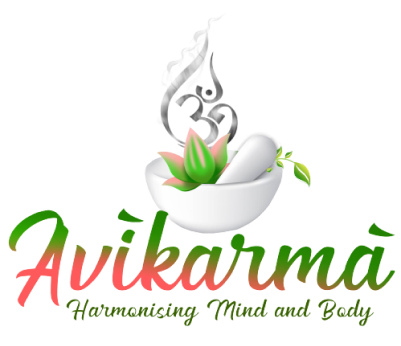
Vishnu Sahasranama is an ancient or divine script which is written in Sanskrit and chanted stotram by Hindus. Lord Vishnu is the intercessor of this world. “Sahasra means thousand” and “nama means name”. The Vishnu Sahasranama is found in the Mahabharata and is mentioned in sections 14 to 120 of the Anusasana Parva. Vishnu Sahasranama is recited daily by many Vaishnava devotees. Vishnu Sahasranama, which describes the thousand names of Vishnu, is a major Hindu deity. Vishnu Sahasranama has total 108 shlokas in Anushtup chhanda. By reciting Vishnu Sahasranama daily, our mind, meditation and our soul get satisfaction. Vishnu Sahasranama is often recited by devotees in temples or by scholars in temples.
The most important thing is how to read it. As we know, when we recite shloka’s, they produce sound waves, and when we pronounce words correctly, the sound waves start coming in the right rhythm. When we chant it at the right pace and in the right sequence, then our mind gets peace so that we are able to concentrate properly on our mind and if we pronounce these shlokas in the right and correct speed then it automatically there is an exercise. We can also call it Pranayama.
Vishnu Sahasranama is written by Rishi Vyas ji who is an exceptional Sanskrit scholar who wrote various stotras like Mahabharata, Bhagavad Gita, Purana, it is the author of all these. Vishnu Sahasranama has been the subject of many commentaries, the most popular being written by Adi Shankaracharya.
Vishnu Sahasranama is a part of the battlefield of Kurukshetra in which Yudhishthira who is the king of Dharma was confused about the biggest religion to live his life but Krishna did not answer him as he gave Arjuna in Kurukshetra. Krishna did not give the knowledge of Gita to Yudhishthira as he had given it to Arjuna. When Krishna took Yudhishthira to Bhishma, the great-grandfather of the Kauravas and Pandavas, Bhishma was lying on his death bed awaiting his death. With the death of Bhishma, the era of great wisdom and knowledge was about to end. Lord Krishna then advised Yudhishthira to seek advice from Bhishma on all aspects of life as Bhishma was a great teacher and storehouse of knowledge, who had knowledge of everything.
This dialogue, which was also witnessed by sage Vyasa and Lord Krishna, depicts the essence of Bhishma’s life. Bhishma was actually in his arrow bed when Krishna brought Yudhishthira to ask Bhishma the following 6 questions. Vishnu Sahasranama begins with these 6 questions:
Who is the greatest one God in this world?
Who is a refuge for all? i.e. to whom we should all surrender ourselves?
To what peace and prosperity can a person reach by sacrificing physical relation, glorifying whom?
Whose peace and prosperity can one attain by worshiping which God?
In your opinion, what is the biggest religion?
By which mantra the chanting of “beings” (jantu) can be done beyond any bondage of the world?
Bhishma ji replied that whoever has brought you here is the greatest of God and He is the one to whom one should surrender. He said that by meditating on his 1000 names, one can reach an auspicious state and get rid of bhaandas and karma. Saying this he kept on chanting 1000 names of Lord Vishnu. This part of the Mahabharata is called Vishnu Sahasranama.
